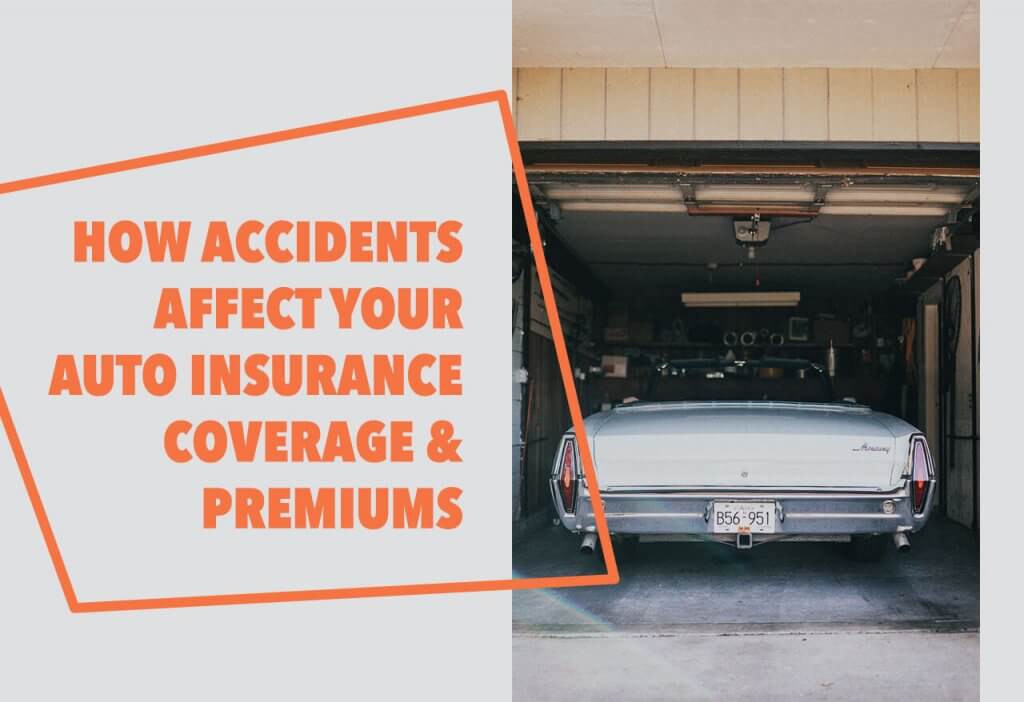
Car accidents are a possibility every driver needs to keep in mind, as they can happen anytime and anywhere. According to the National Highway Transportation Safety Administration (NHTSA), a large proportion of all accidents involve factors that are completely out of a driver’s control, such as getting rear-ended, side-impact crashes, and run-ins with wild animals. In some instances, as with a low-speed parking lot ding, there doesn’t even have to be a driver behind the wheel! Regardless of the circumstance under which your vehicle suffers damage, you can be sure that almost any mishap will have some impact on your car insurance rates.
What is a Chargeable Accident?
Most people naturally assume that any accident in which their car is involved will result in an automatic rate increase, but this is not always the case. Depending on the type of accident and your overall driving history, your premiums could stay the same. Auto insurers look at several factors to determine whether the accident qualifies as a “chargeable” event.
- Type of Accident: Auto insurance companies must figure out if your accident is even chargeable in the first place. Depending on your type of policy, this can be very complicated, with lots of grey areas. If the accident was either an “act-of-God”, such as unintentional contact with animals or hail damage, or something beyond your control, like a rear-end fender bender, your policy might preclude a rate increase.
- Claim Threshold: One of the most critical points when considering a rate hike is the total amount of the claim. Most insurers establish a threshold of $500 to $1000. If the claim payout exceeds this threshold, then your accident will likely qualify as a “chargeable accident.”
- Fault: When it comes to determining personal fault, most companies assume a “50% involvement” rule. If they determine the accident was more than 50% your fault and it meets the other criteria for a chargeable incident, then you will likely see a premium spike.
Some insurance companies look at all the above factors when determining whether to implement a premium surcharge, while others may look exclusively at the claim threshold.
Determining the Surcharge on Your Auto Insurance
If your car insurance company deems the accident a chargeable incident, then you’ll face an increase in your premiums. This insurance surcharge varies widely across companies. For example, this article states that State Farm institutes an 8.5% surcharge for accidents, while Progressive’s policy is a 49% surcharge. In South Carolina, the typical rate increase is a 29% hike in annual premiums after an incident. There are several factors that will impact the total surcharge amount:
- Published rates: As mentioned above, each insurer has its own schedule of surcharges. It pays to research this schedule before you shop for your car insurance policy in the first place. When determining what rate applies to your situation, the company will likely factor in the type of accident and other standard insurance rate factors.
- State law: The surcharge rate and length of time it applies varies according to the laws of your state.
- Driving experience: Teenage drivers already pay more for car insurance because they are risker drivers and more prone to accidents. Therefore, the surcharge applied on their rates may not be as significant as the increase to the rates of an older, more experienced driver.
- Accident forgiveness: Even if your accident meets the criteria for a chargeable incident, your insurer may have an accident forgiveness policy if you’re a first-time offender.
- Company loyalty: If you’ve been with the same insurer for years with no incidents, they may be more lenient in the surcharge applied to your premium.
Read the Fine Print!
It pays to read and make careful note of any unclear details in your insurance policy or discuss it with your car insurance agent. The fine print may contain legal justifications for rate hikes or even outright claim rejections. One of the most often overlooked punitive charge happens to people living in “no-fault” states, when the insurance company must pay out regardless of who caused the accident. This cost is inevitably passed on to the driver in the form of rate hikes.
One of the best ways to lower your rates after an accident goes beyond any built-in discounts or even forgiveness clauses in your policy. Taking a defensive driving course can put you in total control of a situation despite the actions of other drivers. Many insurance companies will reward you for your prudence and return you to a more reduced-risk bracket in their statistics.
Be Careful Out There!
The car insurance industry estimates the average driver will file a collision claim every 17.9 years. Insurance rates reflect this statistic, regardless of how stellar your individual driving record may be. However, things like keeping in-car distractions to a minimum and practicing defensive driving will go a long way toward keeping you safe on the road and your insurance rates low!
